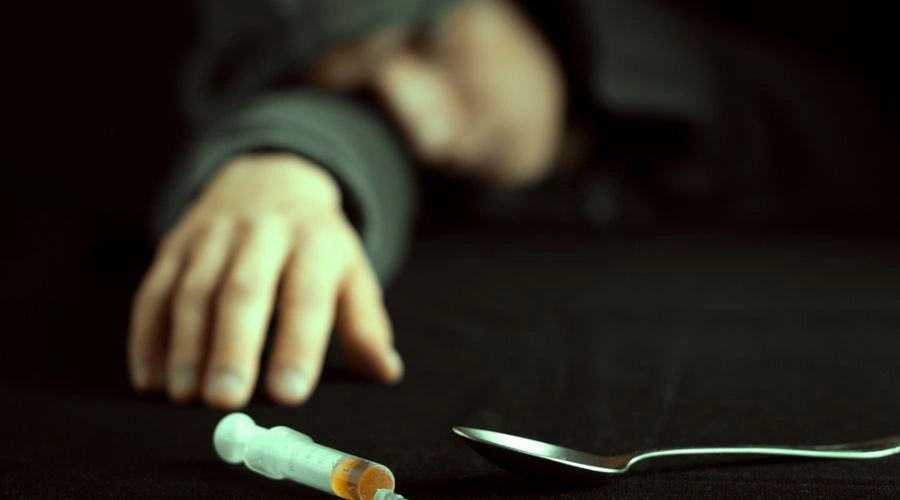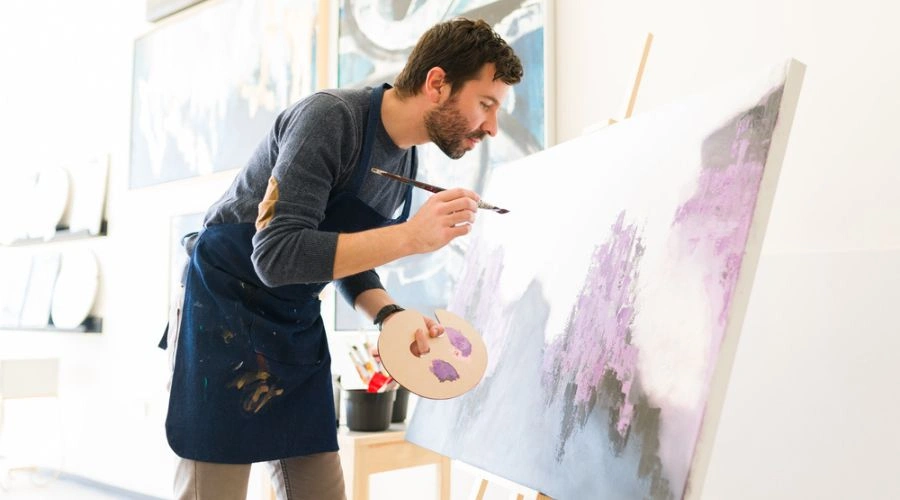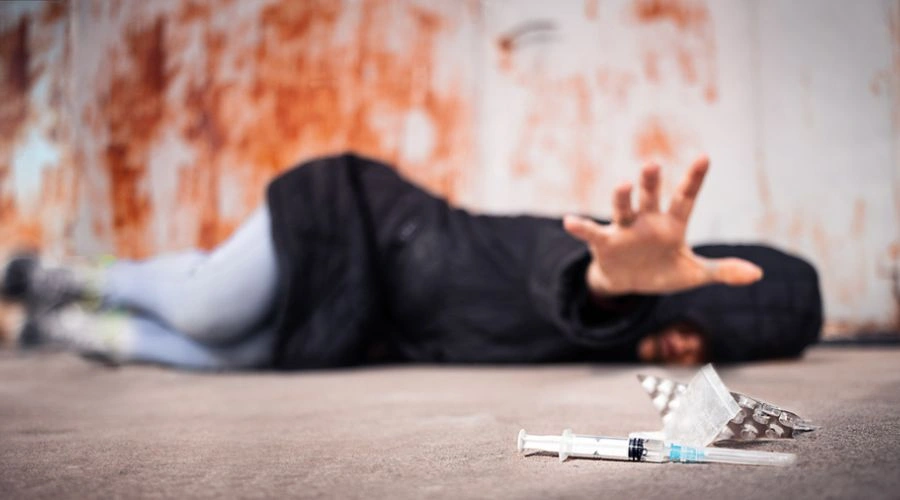Understanding the Timeline for Drug and Alcohol Cravings
Table of Contents
Cravings play a major role in addiction. Anyone trying to break their addiction has wondered the same thing at one point or another – how long does a drug craving last? That’s the question we’ll answer on this page, along with providing some other information that should be helpful in your recovery journey.
Managing cravings is a huge part of breaking an addiction. Fortunately, you don’t have to go through it alone. Turn to Changes Healing Center today to get started on the early addiction recovery stages.
Simply give us a call and talk to our understanding representatives about the situation you face. It would be our honor to serve you.
Keep reading to learn more about the duration of cravings, and remember we are here to help at any time via confidential call.
What is Considered a Drug Craving?

Drug cravings are urges or desires to use a substance. Often cravings are physical, but they can also be emotional or psychological. Cravings happen after a period of time has passed without using a drug. The length of that period will vary from person to person, but it can be as short as just a matter of hours.
There are many possible triggers for cravings. Sometimes, it’s simply your body’s dependency on a substance that leads to a physical craving. The craving appears because the body is used to having the substance and withdrawal symptoms start to show up when the substance use is stopped.
Environmental cues can also trigger cravings. You might find that cravings tend to happen when you are in a specific place or around a specific group of people. There might even be memories that trigger intense cravings as a result of past experiences with substance use.
When cravings are paired with withdrawal symptoms, they tend to be particularly difficult to ignore. If you are going to achieve long-term recovery from drug abuse or alcohol abuse, you’ll need to get through the detox process and then have the skills and strategies in place to help you defeat cravings in the weeks, months, and years ahead.
The Timeline of Drug and Alcohol Cravings
There is a general pattern that drug and alcohol cravings tend to follow. That doesn’t mean everyone’s experience will be the same, of course, but you can expect to see things play out in roughly the process that is outlined below.
Acute Withdrawal Stage
These are the first few days after drug use has been stopped. The acute withdrawal symptoms that take place in the first four or five days are the most powerful and the most difficult to resist. These symptoms will trigger cravings because your body wants you to alleviate the discomfort that it is experiencing.
The specific types of cravings, and their severity, will depend on the drugs you have been using before stopping. The nature of your physical symptoms will vary, as well. No matter how long drug cravings last, it is important to support your mental health throughout this experience so you can keep the intense urges at bay and not let negative emotions lead to relapse.
Post-Acute Withdrawal Syndrome
The initial withdrawal period will pass after several days and you will move into the post-acute withdrawal syndrome phase. You will no longer have the powerful, physical symptoms and associated cravings that you dealt with initially, but that doesn’t mean cravings are fully in the past.
Sometimes, you’ll find that craving appears out of nowhere and will have to be dealt with effectively, by ‘playing the tape through‘ or with other coping skills, to stay on track.
This stage of your journey can last for weeks. During this time, you might find that you are going through dramatic mood swings, you might struggle to get good sleep, and the urges to use again will come and go. Things will get better as time passes, but the process is not always an easy one.
Developing New Habits

As weeks turn into months, the cravings you experience will be less and less. They can still happen, however, and will often be triggered by things like stress or specific social settings. This phase of your recovery should be marked by an effort to develop new habits that crowd out your old ones and leave you in a stronger position to deal with any drug cravings that might pop up moving forward.
New habits that support sobriety will look like different things for different people. You might simply avoid places that trigger your drug cravings.
That could mean not visiting places you used to spend time or not being around people you know could contribute to a relapse. Prioritizing mental health over falling back into previous patterns is important.
Managing Triggers and Preventing Relapse
Recovery is an ongoing journey. With months, or even years, of sobriety to your credit, you have come a long way and should be proud of your growth by this point. But that doesn’t mean the battle is over. It’s always possible for drug cravings to pop up, even after you have been sober for years.
The coping skills and strategies that got you through your drug cravings in the early addiction recovery stages can still serve you well many years down the road. Knowing how to handle drug cravings and any related mental health issues that they bring to the surface is what will enable you to remain in recovery permanently.
How to Manage Drug Cravings Effectively

The first step to managing cravings effectively is to accept them as part of the process. You are going to experience cravings when you are in recovery. It’s just the reality of the situation. Drug abuse and the recovery that follows produce cravings that have to be confronted.
Fortunately, there are many ways to deal with those cravings that will allow you to stay in recovery and far away from a relapse. Three of the many potential strategies are listed below.
Identify and Avoid Triggers
The cravings you experience at the start of recovery are powerful and stem from your body’s desire to get away from the withdrawal symptoms it is experiencing. Once you’ve weathered that storm, however, you’ll reach a point where your cravings are mostly the result of specific triggers. These can be emotional stress, physical locations, social settings, etc.
Successful recovery demands that you identify these triggers and then avoid them as often as possible. Staying away from the triggers that you know will lead to cravings means you can eliminate most cravings from your life over time. And, when you don’t feel cravings on a regular basis, your risk of relapse will be low.
Use Healthy Distractions
Sitting around and focusing on staying in recovery is no way to stay in recovery. A far better approach is to fill your life with healthy distractions that will not only keep you away from drug use but will also be far more rewarding and enjoyable.
The possibilities for healthy distractions are endless. Exercise is a great one. Whether it’s taking walks, going on runs or bike rides, getting into hiking, or any other physical activity, exercise is perhaps the healthiest of distraction options. You might also pick up a creative hobby – like painting or woodworking – to occupy both your hands and your mind.
Seek Support From Others
Support groups are tremendously popular in the recovery community because they work. Spending time with others who have been through the same experiences and want to help you stay on track is one of the best tools you have at your disposal.
When you are doing well and cravings are rare, you can lend your support to others who are having a hard time. Then, when the roles are reversed and you are facing some challenges, the others in the group can pick you up and provide the support you require to make it through.
The Role of Professional Treatment Programs

Dealing with cravings is never easy. It can be better managed, however, through the help of a professional treatment program. The care you are offered in a rehab facility will allow you to see cravings for what they are and effectively deal with them time after time.
Treatment can take many forms depending on the addiction you have been facing. It might start with a medical detoxification. It could then turn to individual and group therapy sessions, Cognitive-behavioral therapy, and other evidence-based treatments. You can also utilize holistic treatments like yoga, art therapy, and practices of mindfulness and meditation to further your recovery process.
Move Beyond Cravings and Into Lasting Recovery Success
In the middle of your most intense cravings, it can feel like this process will never end. Gradually, however, managing cravings will get easier, and new opportunities will start to open up in life. Receiving addiction treatment at a facility like Changes Healing Center will help you confront your drug cravings and develop coping skills to keep them at bay.
Today is the day to give us a call and turn your life in a new direction. There might be some challenging moments ahead, but our team will be with you every step of the way.
Reach out now to explain your situation and receive a customized treatment plan designed to lead you into a bright future.
